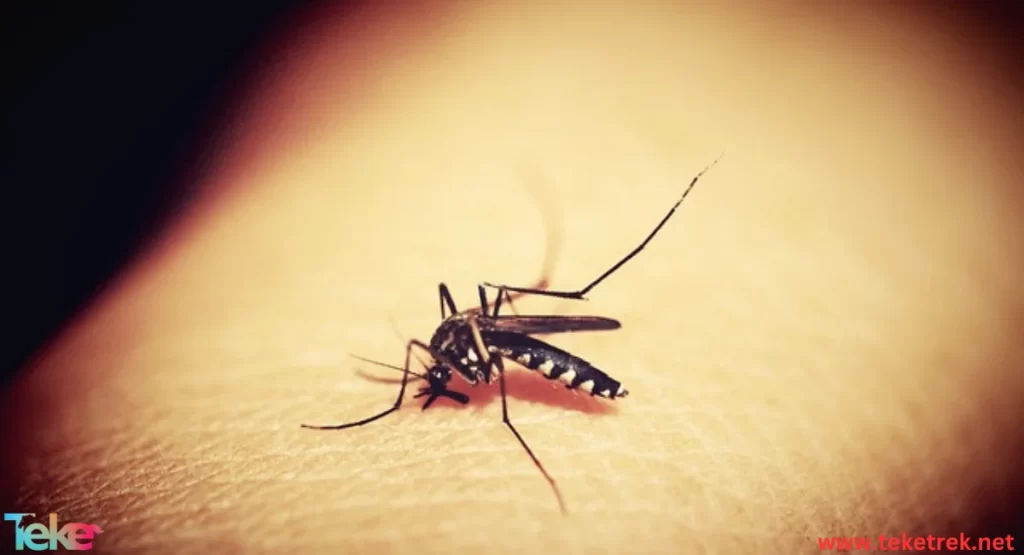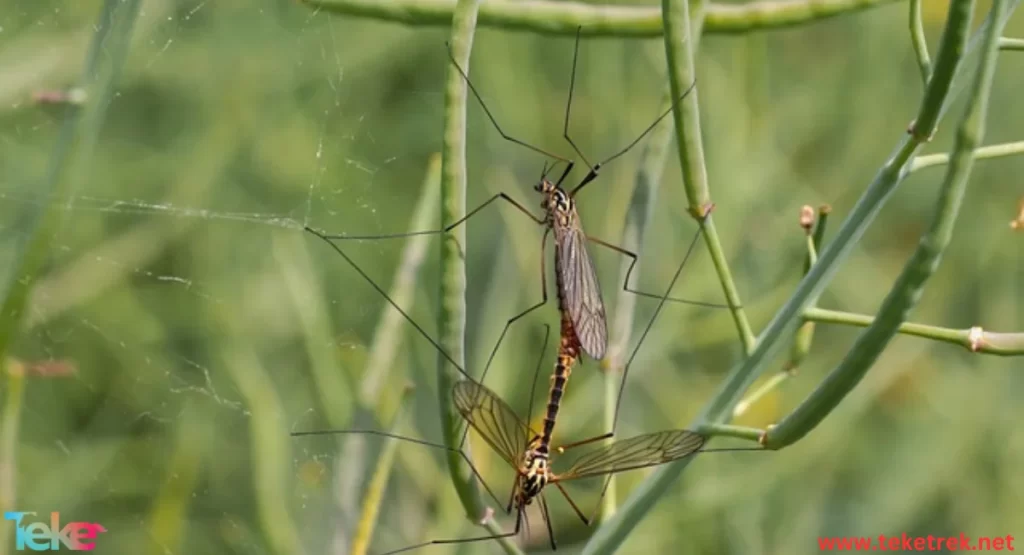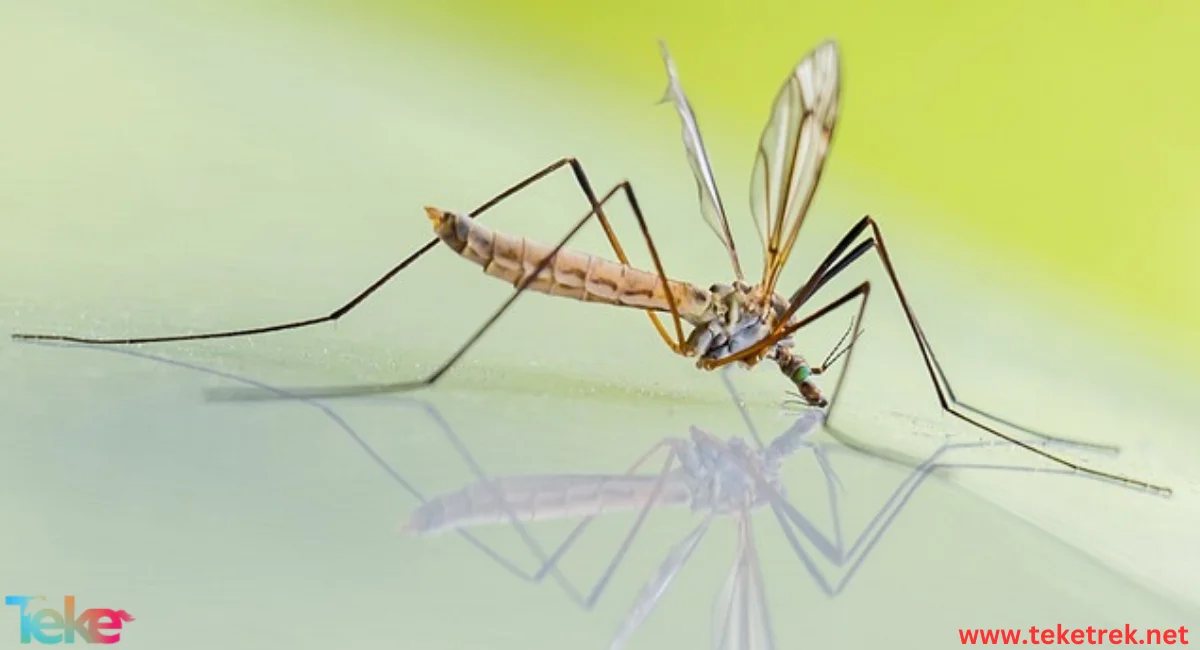Mosquitoes, or mosquitoes as they are known in some countries, are a small insect that is considered one of the most annoying flying creatures to humans. Mosquitoes live in various parts of the world and are considered a major source of transmission of various diseases. Exposure to it seriously affects a person’s general health, so the necessary measures must be taken to prevent it.
It is worth noting that mosquito bites are one of the most common causes of insect-borne diseases, such as malaria, yellow fever, dengue, and Zika, as they feed on blood, and during this process they can transmit the microbes and viruses that cause these diseases to the human body. Therefore, appropriate preventive measures must be taken to avoid mosquito bites and limit the spread of these diseases.
Dear reader, in this article we will explore together the most important information about mosquitoes and we will learn about the most important types of mosquitoes, reproduction, environment and other important information about them. on TekeTrek Website Follow along with us.

Mosquito types
Mosquitoes belong to the insect family, the order Diptera, and their females are distinguished by their ability to suck the blood of humans, animals and birds, as they are one of the most widespread blood -sucking insects and transmit many diseases.
Types of mosquitoes
- There are more than 3,500 species of mosquitoes on Earth, distinguished by their unique characteristics and ability to transmit diseases. The most common types of mosquitoes are.
Culex Mosquitoes
- This type of mosquito bites humans and birds at the same time. It usually appears at night and transmits many diseases, such as West Nile fever.
Anopheles Mosquitoes
- This type of mosquito bites both humans and mammals, appears at night indoors and outdoors, and is responsible for transmitting malaria.
Aedes Mosquitoes
- Unlike the previous two species, this species appears during the day, and humans are their preferred choice. It transmits a number of diseases such as: Zika virus, yellow fever, chikungunya, and dengue fever as well.
Mosquito life cycle
- The first stage: eggs
- Second stage: larvae
- The third stage: cocoon
- The fourth stage: puberty
Reproduction
A female mosquito lays about 100-300 eggs at a time, and up to 3,000 eggs throughout her life. The eggs emerge through the hole at the end of the abdomen. The females of most species lay eggs in or near the water, knowing that each female has a favorite place to lay eggs.
Mosquitoes and light
There are many rumors that indicate that mosquitoes are attracted to light sources. This belief is wrong. Rather, it is the person himself who attracts mosquitoes to the bedroom when the window is opened. Mosquitoes love pungent smells such as the carbon dioxide that you exhale and the attractive smell of the skin that follows. Until the mosquito reaches their source, it also happens in the dark.
What are the dangers of a mosquito bite?
Mosquito bites pose a health risk due to the many diseases that can be transmitted through them. Among the most important dangers that may result from a mosquito bite:
- Malaria: Malaria is considered one of the most dangerous diseases that can be transmitted by a mosquito bite. This infection causes severe fever and in some cases leads to death.
- Yellow fever: This viral infection can be transmitted by a mosquito bite, and causes serious symptoms such as high temperature, yellow skin, and liver failure.
- Dengue: The Dengue virus can be transmitted by a mosquito bite, and causes symptoms such as high temperature, joint pain, and in some cases it can lead to serious cases of bleeding.
- Zika virus: It is transmitted through a mosquito bite and can cause serious infection in pregnant women and birth defects in the fetus.
In addition, uncomfortable skin reactions may occur due to mosquito bites, such as itching and swelling. Therefore, it is important to take preventive measures to avoid mosquito bites and limit the spread of these dangerous diseases.
What are the most important characteristics of mosquitoes?
Mosquitoes are a type of flying insect that belongs to the Mosquitoes family. The characteristics of mosquitoes are characterized by the following:
- Size: The size of mosquitoes varies depending on their type, but they are usually small.
- Color: Mosquito colors can be diverse, ranging from white, grey, black and brown.
- Wing: Mosquitoes are distinguished by their thin, transparent wings that help them fly.
- Legs: Mosquitoes have six short legs that help them move and fly.
- Transmission: Males are distinguished by their longer legs, which are used to send vibrating sounds to attract females.
- Food: Mosquitoes usually feed on plants and plant juices, but females feed on the blood of mammals to obtain the protein necessary to develop their eggs.
- Transmission of diseases: Mosquitoes are considered carriers of many diseases such as malaria, yellow fever, dingoes, and Zika.
These are some common characteristics of mosquitoes, and there are a variety of types of mosquitoes that differ in their characteristics depending on the type of each type.


What are the most important dangers of mosquitoes to the environment and humans?
Mosquitoes have many negative impacts on the environment and humans, and among the main dangers that mosquitoes can cause are:
- Transmission of diseases: Mosquitoes are a means of transmitting many serious diseases to humans, such as malaria, yellow fever, dengue, and the Zika virus. It may cause serious health problems and sometimes death.
- Effects on the environment: Mosquito reproduction can negatively affect the environment, as an increase in their number leads to disturbances in the local ecosystem. For example, the proliferation of a particular mosquito may lead to changes in the balance of other species in the area.
- Economic impacts: Diseases transmitted by mosquito bites cause significant medical costs to the individual and society. In addition, these illnesses may result in lost work days due to illness and affect productivity.
- Impact on tourism: In some areas that suffer from the spread of mosquitoes and diseases transmitted through them, the tourism industry may be negatively affected, as tourists avoid visiting these areas for fear of being infected.
Therefore, it is important to take preventive measures to limit the spread of mosquitoes and reduce the risk of transmission of diseases they can cause.
FAQ Questions
There are many common questions that people ask about the law, and we will try to provide an adequate answer to them in this paragraph:
- What is the thing that kills mosquitoes?
You can rely on an electric shocker designed to get rid of and kill mosquitoes.
- What color do mosquitoes flee from?
Mosquitoes ignore purple, green, white and blue.
- What are the benefits of mosquito bite?
There are several benefits to mosquitoes. Mosquito bites play an effective role in treating cardiovascular diseases.
- What blood type attracts mosquitoes?
Mosquitoes are attracted to people with blood group O+.
- Can a mosquito walk?
Yes, the End of the leg helps mosquitoes stand and walk on water.
In short, we must be certain of the importance of addressing the problem of mosquitoes and the transmission of diseases through them, whether by educating people about prevention methods or by taking effective measures to combat mosquitoes.
Joint and continued work between governments, international organizations and local communities can contribute to reducing the impacts of mosquitoes on the environment and public health.






